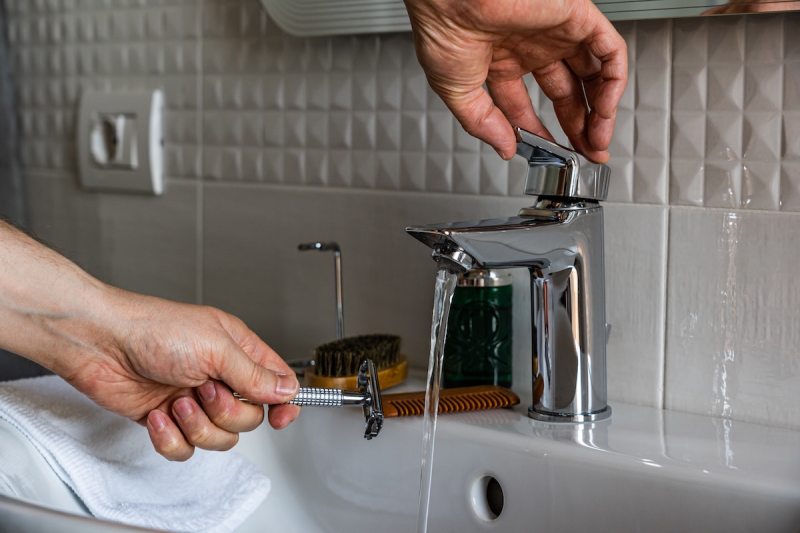
It’s a hassle and an annoyance, but when it comes to your daily
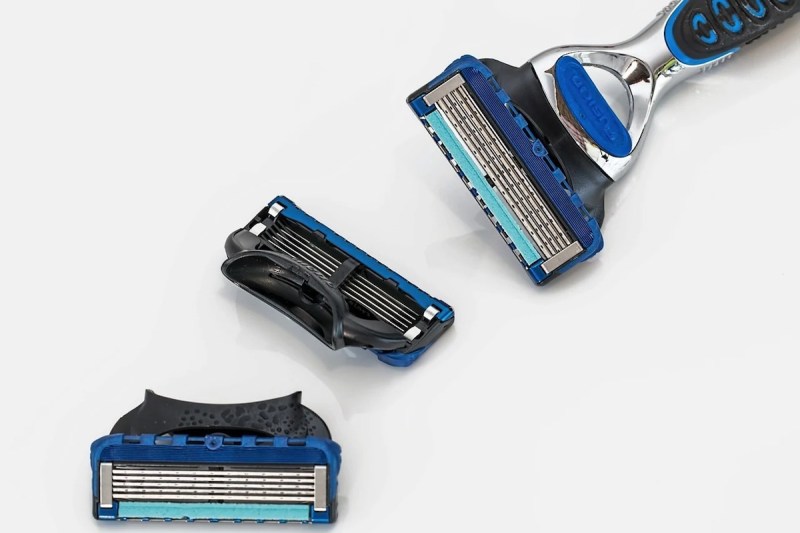
How often you should change your razor blades
According to the American Academy of Dermatologists, you should change your razor blades or throw away disposable razors after every five to seven shaves. High-quality razor blades should last five to seven shaves if you take care of them properly and keep them clean. However, cheaper disposable razors may wear out sooner.
Signs it’s time to change your razor blades include skin irritation after
Moreover, a razor that has an accumulation of gunk that can’t be rinsed away should be immediately discarded, as this causes nicks and infections by dragging unevenly across your skin and introducing harbored bacteria into your pores.
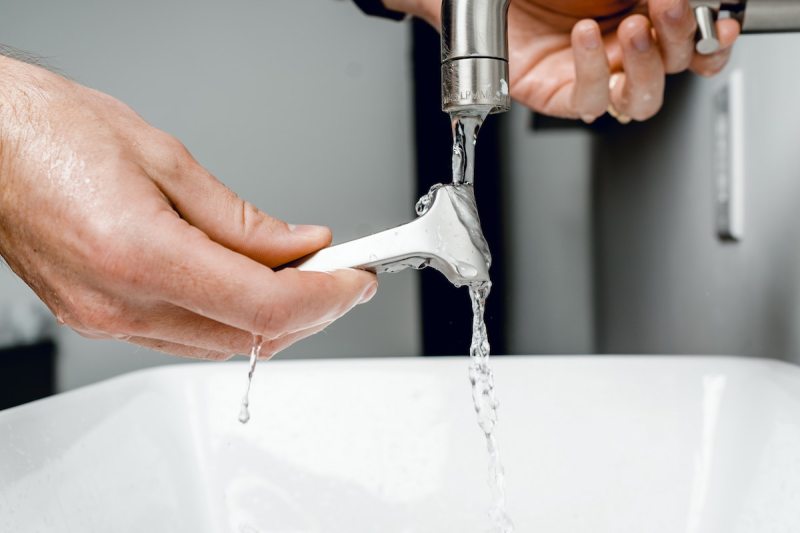
How do I know if my razor is dull?
You’ll often see the advice to change your razor blade when it is dull, but that’s not always helpful if you don’t know how to identify that! You don’t want to be testing your razor blades with your fingers, as that way lies painful cuts and bleeding, but there are signs you can pick up on while
The biggest indicator is when it feels like the razor is tugging at your hair rather than slicing through it. If it feels like pinching or yanking then this can be caused by a dull blade. This can also lead to skin irritation, so if you’re noticing redness, bumps, or sensitive skin after you shave then the blade could be responsible. Using a dull razor can also result in ingrown hairs, so if you’re having this problem then it could be time for a new blade.
Another indication is that you are getting a patchy shave, with some areas of your face not being shaved properly. Finally, it’s also a good idea to visually inspect your razor. If you can see a build up of skin and gunk between or around the blades, then you’ll need to swap in a new razor blade, both for cleanliness and for a better shave.
Is it okay to use a dull razor?
It’s a bad idea to keep using dull razor blades. Your skin won’t react well, and you might experience irritation, redness, ingrown hairs, or
Factors that affect how frequently you’ll need to swap blades
While the general rule of thumb is to replace razor blades every five to seven shaves, there are four primary factors that influence the longevity of the blades.
The quality of the razor blades
Most replaceable razor blade cartridges are good for five to seven shaves, but if you’re using a cheap disposable razor, such as one that might be offered in a mid-tier hotel bathroom, expect to ditch it sooner. In general, you get what you pay for. The quality almost always affects the longevity of the razor blades and how often you should change them.
One of the first signs that cheaper razor blades are worn out and need to be replaced is the lubricating gel strips appear dried up or patchy, even when you wet the razor. These gel strips contain lubricating moisturizers to help the blades maintain consistent contact with your face and glide smoothly over it, which are important for preventing painful razor burns and accidental nicks and cuts.
The thickness and density of your hair
The thickness and density of your hair affect the lifespan of the razor blades. In most cases, the thicker and denser your hair, the sooner you’ll need to replace your blade because it wears out faster. Even if you have one but not the other—thick but soft hair or sparse but thick hair—the blades will likely wear out faster than someone with thin and soft hair.
The surface area you’re shaving
The more surface area you’re clearing with each shave, the faster your razor blades will wear out. If you were just
How well you clean your razor
How you care for your razor influences how often you should change the blades for better or worse. You should always use a lubricant, such as
Rinsing the blades after each swipe when you shave helps prevent buildup and dead skin cells between blades. After
Failing to clean razor blades will cause bacteria and debris to build up between the blades, which blunts the blades. Store your razor in a dry area — not on a sink or in the shower — to prolong the life of the razor blades. Lastly, for hygienic purposes and to make your razor blades last longer, use a separate razor for your face from one used on coarse body hair.
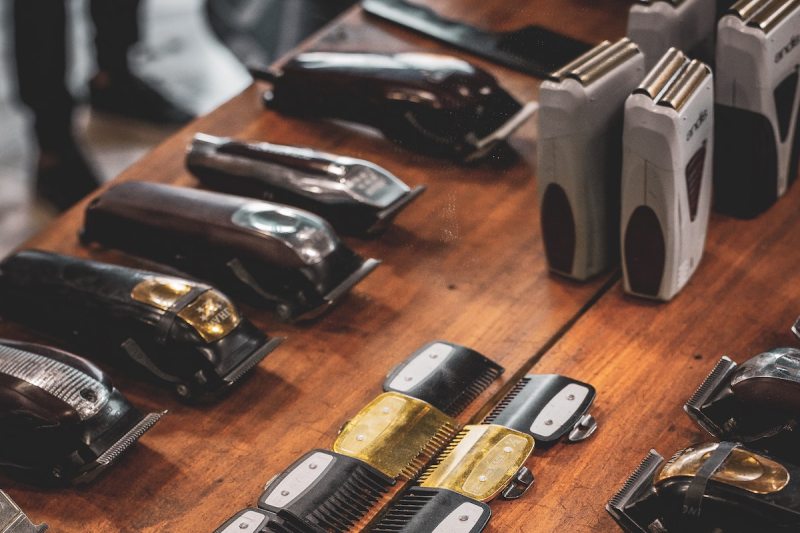
How often to change razor blades on an electric shaver
If you’re an electric grooming tool kind of guy, you certainly won’t need to replace your razor blades as frequently, but the foils and blades on electric razors do wear out and require replacement. The materials used to make electric razor blades are more durable than those used for disposable razors, so they often last six months or so. Again, this depends on how often you shave, the quality of the razor, the coarseness and density of your hair, the surface area you’re
If you shave every day, you may need to change the razor blades and foils every four months. You may also be able to get a year of use out of high-quality electric razor blades used only a couple of times per week. Heat and friction cause the blades to become dull, so wet
Electric razors with foils tend to last even longer, and may only need to be changed every 12-18 months if you take good care of the razor, shave with wet hair, and thoroughly clean the razor after every use.
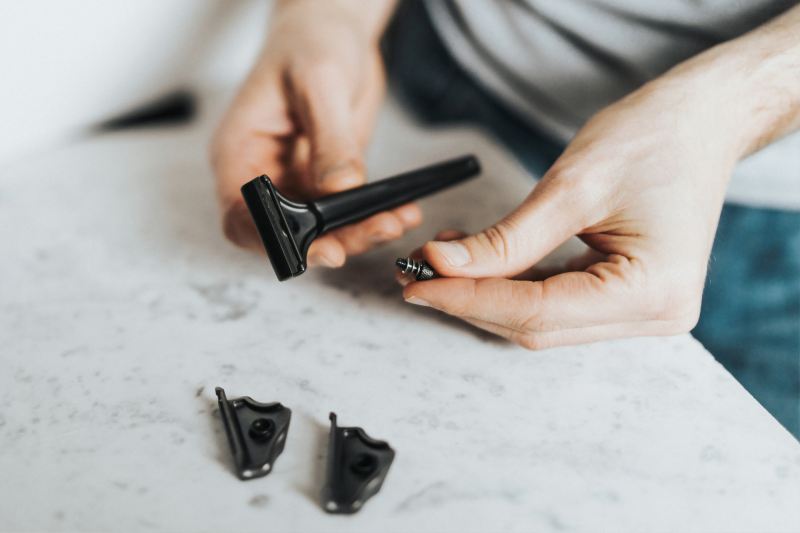
Razor blade care tips
If knowing how often you’ll have to replace razor blades leaves you wondering how you’d look growing out a beard, then try to keep your blades in top shape for as long as possible. You could also reduce how often you have to shave — and minimize injuries — if you follow some safety tips.
How to help the razor last longer
- If your razor comes with one of those caps, use it.
- Keep your blades away from kids or pets that might lose or damage them.
- Shorter strokes and gentle pressure are best.
- Whatever skin you shave, pull the skin as tight as possible.
- Trim the hair down as much as possible with scissors first.
How to keep safe
- Inspect your razor before every shave for things like rust or rough edges.
- When trashing an old razor, make sure to leave the cap on or put it in a container so it won’t cut open.
- Make sure your hands are dry whenever changing the blade.
- When changing a blade you aren’t used to, read the instructions.
Whether you prefer an electric razor to handle the shave for you or you like to take your time with a good old disposable, how often you change your razor blades comes down to how you take care of them and how often you shave. Keep your face safe and your blades sharp with our guide.



